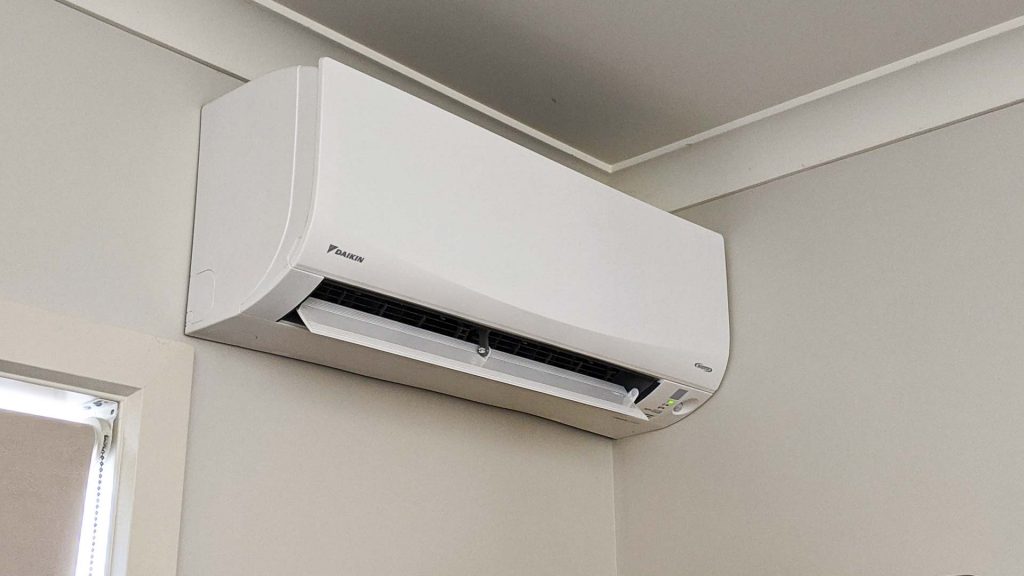Why I Test Laptop Thermals At 21°C
I often get asked why I perform thermal testing of laptop and PC hardware at 21°C / 70°F, let’s take a look at why I do this.
How ambient room temperature affects results
Ambient room temperature is simply the temperature within the room you’re testing. Generally, a 1°C increase to the ambient room temperature will result in a 1°C increase to the internals of the hardware that we are measuring.
Therefore, to compare my results fairly between machines, it’s ideal to test within the same ambient room temperature.
There’s more to it than that
At first you might be inclined to think that if I test at 21°C, then you could test another machine at say 30°C and then simply subtract 9°C from the results. This would not be a fair comparison for many reasons.
If a laptop CPU is thermal throttling substantially at say 90°C, lowering the ambient room temperature a little would probably not be enough to remove the thermal throttle. The lower temperature would however affect clock speeds and performance, as lower temperatures would mean slightly less throttling.
In the previous example, taking 9°C off of 90°C isn’t accurate as it doesn’t account for the extra performance that would be gained without or with less thermal throttling. This is why I chose not to test at different temperatures and use Delta-T.
Hardware will also boost differently based on thermal headroom. Even if there is not thermal throttling present, many components will still perform better at cooler temperatures.
- Intel use Thermal Velocity Boost (TVB)
- AMD Ryzen 4000 uses Skin Temperature Tracking (STT) V2, which also takes into account temperatures from sensors in the laptop chassis.
Recent upgrades to my testing
In late 2019 I purchased a reverse cycle system for the room I perform all of my testing in. This should allow me to perform consistent thermal testing throughout the year regardless of the season and what the weather is doing.

Prior to this, my house only had ducted heating/cooling which was limited. Essentially it would control the entire house, which was inefficient, wasteful, and difficult to manage my ambient room temperature.
It’s a good mid point for where I live
I’m based in Canberra, Australia. During winter the interior of my house without heating would be anywhere from 10°C to 16°C. Heating the room I test in up to 21°C isn’t too much extra for when I need to spend a day a week testing thermals.
Likewise, in summer, outside can surpass 40°C here, while the inside of the house will get to 26°C to 28°C or so.
Due to these two extremes I have to deal with throughout the year, 21°C is a decent mid point that I can hit pretty easily and consistently with cooling or heating.
Everyone else is doing it!
Well there’s more to it than that. If others are performing testing at the same ambient room temperature though, it’s easier to compare results. Many other YouTube channels and written media tend to test at 21°C too, so why not standardize it?
Sure, there will of course be other differences, such as whether or not the same workloads are actually run, but it helps remove one of the major differences.
In the end though, 21°C is a nice temperature that I can run my testing room at throughout the year. That’s the important thing for producing results that can be compared with my own data over time.





4 Comments
Suman Garai
Sir, Will you Please Please Please Review the New Dell G5 15 SE with Ryzen 4000 and 5600M Graphics and compare with GTX 1650, 1650 TI, 1660, 1660TI !?
Jarrod
Yes, I bought 2x G5 just waiting for them to arrive.
Suman Garai
Sir, Please, Do Review the New HP Omen 15 2020 Laptops with AMD and Intel Configurations, Compare them with Currently In Market, Gaming Laptops and GPU’s and also Show Us is its New Heat Management Sensors and Techniques Really Worth It !? ……… Anyways Sir, Thanks For the Dell G5 15 SE 2020 Reviews , Waiting for Comparisons between Laptop Variants of GTX 1650, 1650 TI, 1660, 1660TI and RX 5600M too. 🙂
Jarrod
Depends how much they cost when they’re available in my country, I’ve covered why I don’t test HP laptops here if you’re interested: https://www.youtube.com/watch?v=GRIMqlVjrjA&t=9s